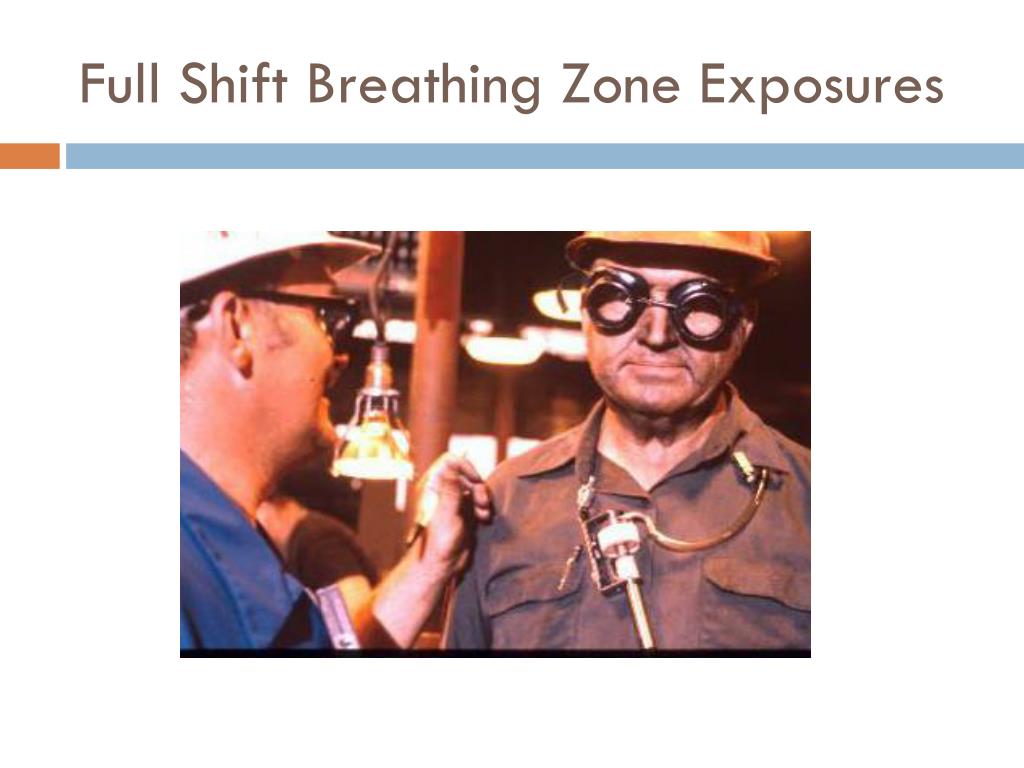
However, culture of air samples from the breathing zone of older foals remains a useful herd-based epidemiological tool. Potential relevance: Selective culture of air samples from the breathing zone of young foals is not better at diagnosing rhodococcal pneumonia than early ultrasonographic screening. There was no difference in the concentration of virulent R. equi in the breathing zone of older foals that were diagnosed with rhodococcal pneumonia or clinically normal foals.Ĭonclusion: Detection of virulent R. equi in air from the breathing zone was not a positive predictor of rhodococcal pneumonia in foals up to age ≤2 months. ' Radon mitigation 'is any process used to reduce radon gas concentrations in the breathing zones of occupied buildings or radon from water supplies. Being heavier than air, theyre concentrated just above the water surface, right in the breathing zone for a swimmer. The median concentration of virulent R. equi in the breathing zone of both neonates (0 colony-forming units /250 l) and older foals (0 cfu/250 l) was not significantly different from that in background air samples (0 cfu/250 l). It looks okay down to the subsection ' Breathing Zone Air Sampling Procedures '. There was no association between virulent R. equi in the breathing zone of foals and the subsequent ultrasonographic diagnosis of rhodococcal pneumonia. Virulent R. equi was detected in air from the breathing zone of 19% of neonatal foals and 45% of foals at age 1–2 months. Discuss why personal sampling plans can be complex. Describe the two groups of passive samplers. Identify the components of active samplers. Compare and contrast the two types of personal sampling systems. Worker exposure monitoring air samples must always be collected outside of any respiratory. Air sampling filters may be attached to the collar or lapel. OSHA requires that worker exposure monitoring air samples be collected in the breathing zone. Results: Pneumonia was diagnosed ultrasonographically in 23% of foals. At the completion of this lesson, you will be able to: Define personal sampling and describe its purpose. The breathing zone is within a ten inch radius of the workers nose and mouth. Methods: Air samples were collected from the breathing zone of 53 neonatal foals (age ≤10 days) and again at the time of routine ultrasonographic screening for R. equi pneumonia (age 1–2 months). Objectives: To investigate air sampling from the breathing zone of neonatal foals as a predictor of subsequent rhodococcal pneumonia. Early detection of rhodococcal pneumonia, albeit important to minimise treatment costs, is difficult because of the insidious nature of the disease and the lack of definitive diagnostic tests.

Reasons for performing the study: Disease caused by Rhodococcus equi is a significant burden to the horse breeding industry worldwide.


 0 kommentar(er)
0 kommentar(er)
